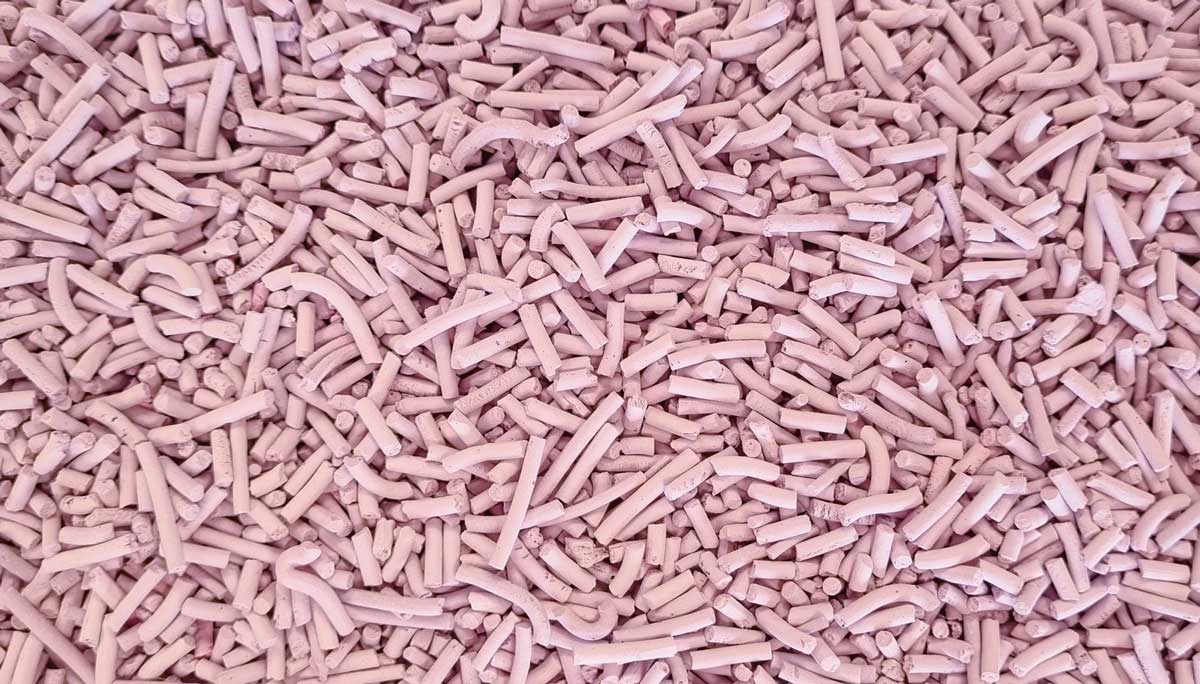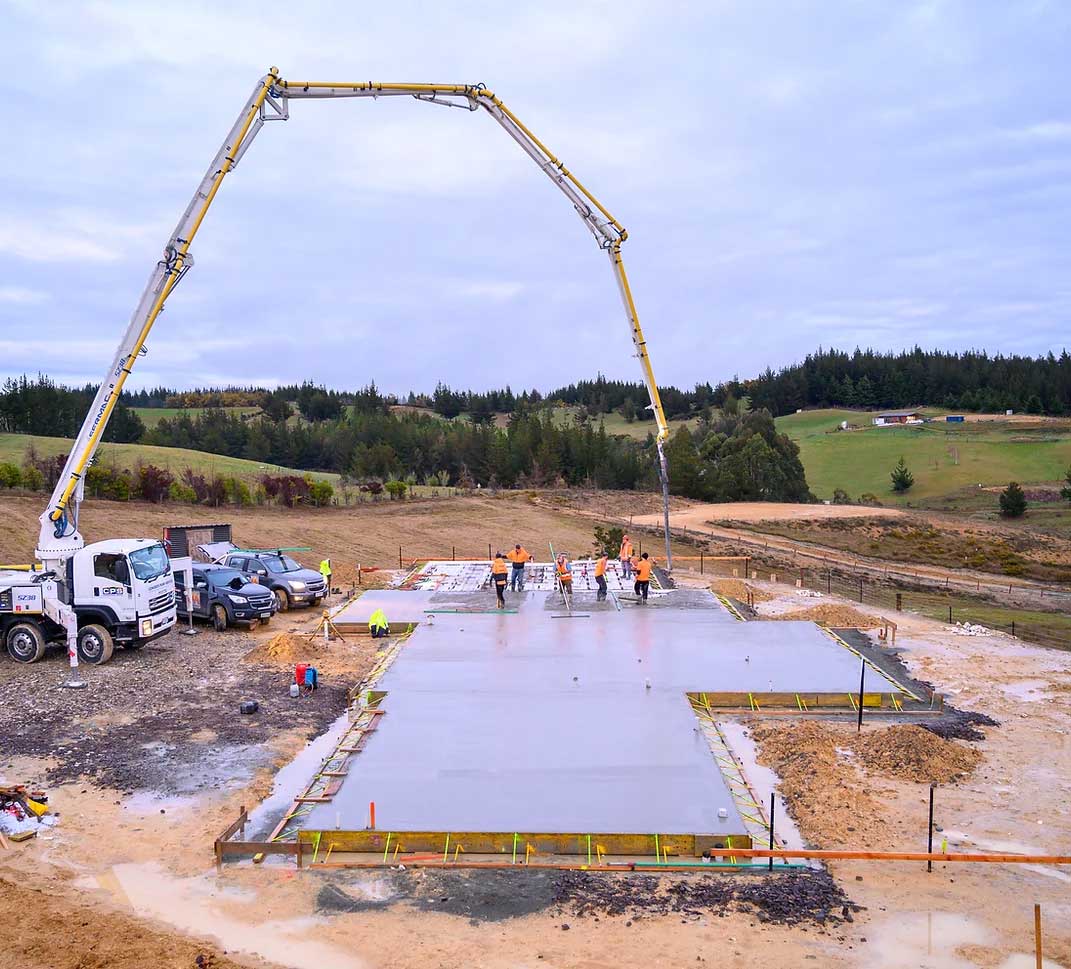The NZ Startups Saving the World
To truly take care of our planet’s health as well as our nation’s economy we need to take a multifaceted approach. Banning plastic bags and straws is all well and good but you can’t just sit around and wait for the world to get better after that. The planet doesn’t care if we’re trading carbon credits. Fortunately NZ is an incubator of startups with a green focus and the nous to push our tech and industry forward. Here’s just a few of the companies pushing the envelope.
Carbonclick
Carbonclick is a carbon offsetting platform founded in 2017 and based in Auckland, although it’s now spread across the USA, Europe and South-East Asia in an attempt to give businesses the toolkit to offset carbon at checkouts when it’s just not possible to do it at the production end. For customers it can be as simple as a button at checkout which adds a small sum to make up for any carbon created from their purchase. This then goes directly to one of the projects that has gone through CarbonClicks 7-point impact check and align with UN Sustainable Development Goals. On the client side a dashboard displays exactly how much they’ve offset in clear figures, giving easily marketable data that can be quickly generated out into a supporting webpage within a few minutes. No point in being kind to the planet if you can’t tell anyone about it. All of this makes supporting green initiatives an easy process that works for everybody, instead of an arduous stumbling block that would be easier to just ignore. The dashboard also has a calculator perfect for SMEs that can estimate your emissions and identify areas you can work on for reduction.
Biofab

You know what we can really do without in our life. Polystyrene, almost anything it can do can be achieved by something else better. About the only thing it does really well is waste space. It takes about 500 years for all those buffers that were stopping your shiny new fridge from getting scratched to rot away. In the meantime they’re taking up just about 30% of the space in landfills. That’s a best case scenario, because at least then it’s not floating around in our waterways. This is to say nothing of one of it’s key components styrene, which has links to cancer, vision and hearing loss, memory and concentration loss.
Founded in 2018 Biofab has polystyrene in its sights with its much more friendly substance, commonly known as mushrooms. Biofab is trying to make mycelium composites to create materials that are home-compostable, low on emissions, 100% renewable, and won’t give you cancer and make you go blind. Fantastic. They’re working in an emerging field which is slowly but surely providing an alternative to fossil based materials. Unlike a foam cup Biofabs product will biodegrade within 30 days in your compost bin, going back to the earth where it belongs, rather than inside a whale with all the other fast food cups.
Unlike polystyrene which is most of the way to napalm as it is, Biofabs biocomposite is flame resistant as well as hydrophobic. Packaging takes 4 days to grow with another 2 days outside the tray for “velvet overgrowth” and finally one more day to dry. While it can rot away in a month outside it’s shelf stable and can last 30 years in your cupboard. Currently the packaging isn’t certified for food standards, but this is a future area for growth.
Captivate Technology

In another part of the mag we talk a little about Warren Buffett’s Berkshire Hathaway. We left out mentioning he’s got big investments in both fuel and carbon capture. Because let’s be real, petrol isn’t going anywhere anytime soon. But maybe we could filter carbon from emission streams. That’s exactly what Captivate Technology wants to do with it’s MUF-16 technology. Captivate are currently scaling up to industrial units of this handy tech which is essentially to laymen like you and I, a sponge for CO2. MUF-16 was developed by Massey University’s Professor in Chemistry, Prof Shane Telfer, PhD student Omid Qazvini, and postdoctoral researcher, Dr Subo Lee and is currently looking into conducting pilot scale demonstrations. Established ub 2022 by Massey Ventures the commercialisation arm of the university the tech shows a lot of promise, and has generated a decent amount of interest within industries looking to reduce emissions.
It’s low cost and scalable and is selective about what it absorbs, having a low affinity for nitrogen, methane and other gases. This means that the captured carbon dioxide has a high purity and can be reused in value added applications.
“It’s amazing to see innovative start-ups like Captivate Technology representing Massey University and New Zealand on the world stage.” says Massey Ventures’ Commercialisation Manager Dr Dan Carlisle. “The team at Captivate have some amazing technology behind them with the potential to make significant impact on greenhouse gas emissions. We’re looking forward to following their journey through the programme and beyond.”
Hot Lime Labs

When you buy your overpriced lettuce from the store you might not be thinking about the CO2 required to grow them. You assume that humans and plants are just breathing back and forth at each other until we come to harvest their organs full of seeds. Commercial Glasshouses commonly use added CO2 in their facilities to boost their crops photosynthetic potential and increase yield. It’s difficult to negate CO2 from a process that absolutely requires it. But perhaps you can offset how it’s created.
Hot Lime Labs is an NZ Agri-tech firm specialising in CO2 capture via a proprietary material called Hot Lime. These Hot Lime pellets act as a sponge for CO2 which is then extracted via a wood boiler/gasifier as clean CO2. The result is pumped into commercial glasshouses leading to a 20% boost in crop growth. The system can almost be a closed loop by using waste from the greenhouse crop itself. The system can create CO2 from feedstock at just about half the costs of current technologies. According to Founder and CTO, Dr Vlatko Materic the technology could result in an annual revenue boost for growers of $40,000 to $80,000 per hectare. It would also lower overall greenhouse gases by removing the current reliance on fossil fuels.
“Our technology offers a unique, sustainable alternative to traditional fossil-based sources of CO2, which benefits the growers bottom line while also reducing greenhouse gas emissions overall. This investment will aid us in our mission to transition half of the global greenhouse industry to renewable energy in the next 30 years,” says Hot Lime Labs CEO, Tijs Robinson.
The Future of Concrete

You’d think that concrete is a solved problem, our entire modern world seems to be made out of it apart from my draughty weatherboard home. But there’s a lot we can do to improve, even the Romans could build more durable concrete than we can today. Carbon dioxide release from a kg of concrete is nearly 1:1, and we make so much that it accounts for 9% of all CO2 emissions. One NZ startup is on the case.
Neocrete was started in 2018 by Zarina Bazoeva and Matt Kennedy-Good with the goal of making planet friendly concrete that’s both resilient and carbon neutral with no cement. It’s specifically an “additive activator” which is added at just 2-4% of cementitious materials.
“This enables a reduction of cement by up to 40% when used with natural pozzolans (volcanic ash) and 50% when used with industrial pozzolans – with no loss in strength at any age.”
The pair started off in a converted shipping container before relocating to a serious looking lab in Parnell.
This isn’t a pie in the sky “maybe someday” situation either. What they have at the moment has already reduced carbon in concrete by 30-50%, and which if used on a global scale could make a major dent in emissions. The team is confident they’re on track to achieving full carbon neutral concrete by 2027. Plants are being spun up for trials and Neocrete has already been used in projects by Ministry of Housing Kainga Ora and eHaus. They’re currently fielding expressions of interest in it’s use on commercial projects in 2025.
One of the incredible properties of Roman concrete was its ability to heal cracks, and while it hasn’t been independently verified at this stage, Neocrete has been able to achieve the similar results in the lab with cracks up to 0.5mm in size healing. Perhaps one day when future generations are digging up our society they’ll marvel at the quality of New Zealand Concrete. Forget the Romans.
Climate tech funding worldwide in 2023, by country
(in billion U.S. dollars)
1. Apple $28.4 Billion
2. China $10.9 Billion
3. United Kingdom $6.5 Billion
4. France $4.8 Billion
5. India $4.5 Billion

